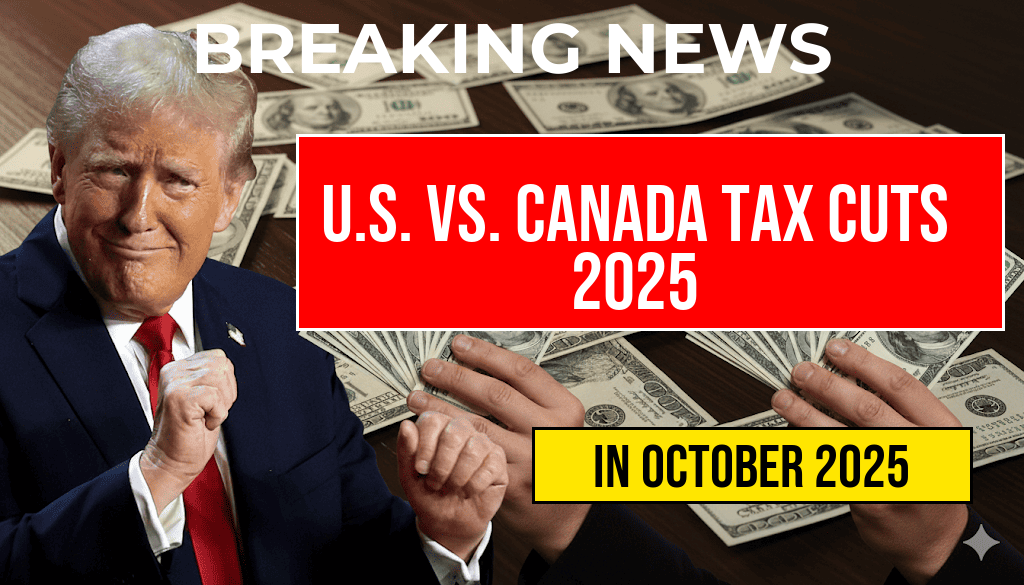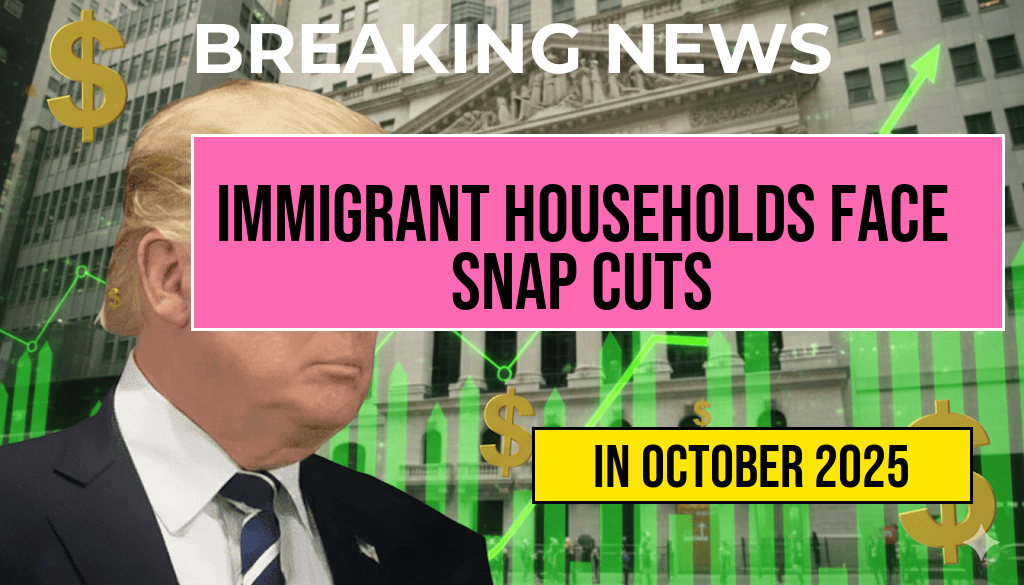As 2025 approaches, policymakers and taxpayers across North America are scrutinizing the impact of recent tax reforms in the United States and Canada. The headline figures reveal a notable divergence: U.S. taxpayers are expected to see an average tax cut of approximately $3,752, while Canadian counterparts could benefit from around C$5,200 in savings. These figures are rooted in distinct fiscal strategies aimed at stimulating economic growth, with the U.S. focusing on targeted reductions for middle-income earners and Canada emphasizing broad-based relief. This comparison not only highlights differing national approaches but also underscores the broader implications for cross-border economic competitiveness and individual financial well-being. As both nations navigate inflationary pressures and shifting labor markets, understanding these tax policies offers essential insights into their respective economic trajectories and potential impacts on taxpayers.
Understanding the U.S. Tax Cuts of 2025
Background and Key Features
The United States’ 2025 tax reforms are an extension and refinement of prior legislation aimed at easing the burden on middle-class families and small businesses. Central to these reforms is the continuation of lower marginal income tax rates, increased standard deduction thresholds, and targeted credits for families and education. According to data from the Tax Foundation, the typical American taxpayer can expect to see an annual reduction of about $3,752 in their tax bill, translating into more disposable income and increased consumer spending.
Impact on Different Income Levels
| Income Bracket | Average Tax Cut | Percentage of Total Savings |
|---|---|---|
| $50,000–$75,000 | $4,200 | 45% |
| $75,000–$100,000 | $3,600 | 38% |
| $100,000+ | $3,150 | 17% |
While middle-income households stand to gain the most, higher earners also benefit from reduced rates, albeit proportionally less. The reforms aim to balance fiscal sustainability with targeted relief, fostering economic activity without significantly expanding the federal deficit.
Canadian Tax Policy in 2025
Overview of Recent Changes
Canada’s approach to tax relief in 2025 emphasizes broad-based reductions across income levels, with particular attention to supporting middle and lower-income earners. The government implemented incremental cuts to federal income tax rates, increased the Canada Workers Benefit, and enhanced non-refundable tax credits. These measures collectively aim to stimulate consumer spending and reduce income inequality, aligning with Canada’s broader social and economic objectives.
Tax Savings Estimates
| Income Level | Average Tax Cut (C$) | Percentage of Total Savings |
|---|---|---|
| C$45,000–C$75,000 | C$6,000 | 58% |
| C$75,000–C$100,000 | C$4,200 | 32% |
| C$100,000+ | C$2,800 | 10% |
The more aggressive relief targeted at middle-income earners positions Canada’s tax policies as a tool for reducing economic disparities, with the average individual expected to see a savings of approximately C$5,200. This approach prioritizes income redistribution and consumer demand stimulation.
Cross-Border Implications and Economic Context
Competitive Positioning
While the U.S. focuses on incremental, targeted cuts, Canada’s broader approach to tax relief seeks to foster social equity and economic resilience. These differing strategies reflect underlying fiscal philosophies—U.S. policymakers emphasizing individual taxpayer relief, and Canada aiming for a more egalitarian redistribution. Both approaches could influence cross-border investment flows, business location decisions, and labor mobility.
Economic Environment and Policy Goals
- Inflation Management: Both nations are contending with inflationary pressures, making fiscal stimulus measures carefully calibrated to avoid overheating economies.
- Fiscal Sustainability: The U.S. faces larger deficits, prompting more cautious targeted cuts, whereas Canada’s fiscal position allows for broader relief without immediate deficit concerns.
- Labor Market Dynamics: Enhanced tax credits and deductions are expected to support workforce participation, especially in sectors hit hardest by economic shifts.
According to analyses from International Monetary Fund, these tax policies could influence growth trajectories, employment rates, and income inequality measures over the coming years.
Looking Ahead
As both countries implement their respective tax reforms, the coming months will reveal the real-world impacts on households, businesses, and the broader economy. The contrast between the U.S.’s targeted savings of around $3,752 and Canada’s more substantial C$5,200 savings underscores differing priorities—whether focusing on targeted relief or broad-based redistribution. Monitoring these policies’ effectiveness will be critical as the economic landscape continues to evolve, shaping North America’s fiscal future.
Frequently Asked Questions
What are the main differences between the U.S. and Canadian tax cuts in 2025?
The primary difference lies in the magnitude of tax cuts, with the U.S. offering approximately $3,752 in savings, while Canada provides around C$5,200. Additionally, the structure and eligibility criteria for these cuts vary between the two countries, reflecting different fiscal policies.
How do international perspectives influence the comparison of U.S. and Canadian tax cuts?
The international perspective highlights how each country’s tax policies impact their economic competitiveness and individual taxpayers. Comparing these perspectives helps understand the relative benefits and policy priorities of the U.S. and Canada in 2025.
What factors should taxpayers consider when evaluating the impact of these tax cuts?
Taxpayers should consider income levels, tax brackets, and additional deductions or credits. Understanding how each country’s tax structure affects their personal situation is essential to gauge the actual benefit of the tax cuts.
Are there any significant economic implications associated with these tax cuts in 2025?
Yes, tax cuts in both countries aim to stimulate economic growth and investment. However, they may also influence public debt levels and income inequality, depending on their implementation and broader fiscal policies.
How does the Canadian dollar’s value impact the international perspective on these tax cuts?
The exchange rate between the U.S. dollar and the Canadian dollar affects the relative value of the tax cuts when viewed from an international standpoint. A stronger Canadian dollar may enhance the perceived benefit of Canadian tax cuts compared to U.S. savings.






